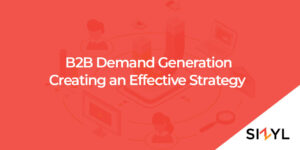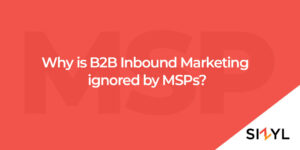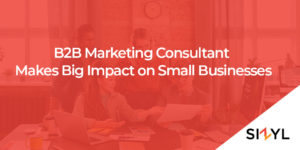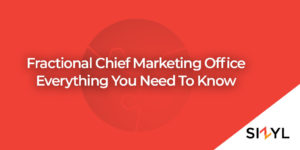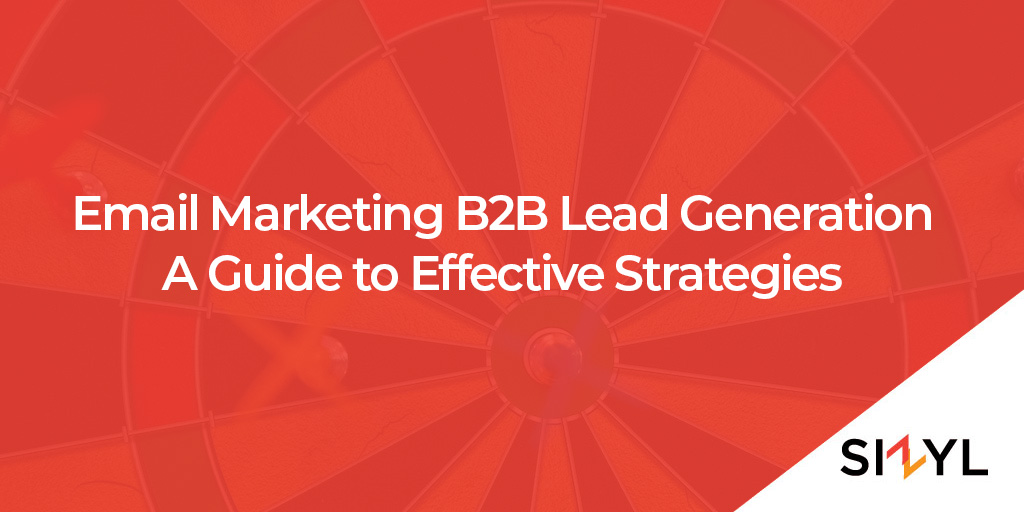
Are you looking for effective ways to generate leads for your B2B business? The primary source of B2B leads is referrals, but most B2B tech companies don’t understand that it is only about half of the actual lead opportunity. The other half of the opportunities lie in email marketing B2B lead generation and calls to action on your website.
Today, we’ll explore strategies for creating effective email campaigns.
Understanding the B2B Sales Process
Before we dive into email marketing B2B lead generation strategies, it’s essential to understand the B2B sales process. Unlike B2C sales, B2B sales are typically longer and more complex. The decision-makers in a B2B purchase must consider multiple factors, including a budget, company goals, existing technology stack, and the needs of various departments.
The B2B sales process usually includes multiple touchpoints, from initial contact to closing the sale. Each touchpoint presents an opportunity to nurture a relationship with a potential customer and move them closer to making a purchase. This is why it is important to map the buyer’s journey.
The Power of Email Marketing B2B Lead Generation
Email marketing is a powerful B2B lead generation tool because it allows you to target specific individuals within a company and deliver personalized messages. Unlike social media or display ads, email marketing allows you to reach people where they are most likely to engage with your message – their inbox.
Additionally, email marketing allows you to track the performance of your campaigns and make data-driven decisions about optimizing your efforts. You can track metrics like open rates, click-through rates, and conversions to see what’s working and what’s not.
Crafting Effective B2B Email Campaigns
You need to create effective email campaigns to generate high-quality email marketing B2B lead generation. Here are some strategies to keep in mind:
- Start with a Compelling Subject Line
The subject line is the first thing your recipients will see, so it’s essential to make it compelling. Use language that piques their interest and creates a sense of urgency. Avoid spammy or salesy language that might turn people off, and pay close attention to the length of your subject line.
- Segment Your Email List
Segmenting your email list allows you to send more targeted messages to specific groups of people. You can segment your list based on company size, industry, technical stack, or other relevant factors. This allows you to deliver more personalized messages that are more likely to resonate with your audience.
- Personalize Your Messages
Personalization is key to effective email marketing B2B lead generation. Use your recipients’ names and any other relevant information you have to create personalized messages that speak directly to them. Personalized messages are more likely to be opened and engaged with than generic ones.
- Provide Value
Your email campaigns should provide value to your recipients. Whether you’re sharing industry insights, offering a free resource, or providing a special promotion, ensure your message is relevant and valuable to your audience.
- Use a Clear Call-to-Action
Every email you send should have a clear call-to-action (CTA). Whether you’re asking your recipients to download a white paper, sign up for a demo, or schedule a call, make sure your CTA is clear and understandable.
Optimizing Your Email Marketing B2B Lead Generation
Once you’ve created your email campaigns, it’s essential to optimize them to ensure they’re as effective as possible. Here are some strategies to keep in mind:
- Test Your Emails
Testing is essential to optimizing your email campaigns. Test different subject lines, email content, and CTAs to see what performs best. Use A/B testing to compare different versions of your emails and make data-driven decisions about what works best.
- Monitor Your Metrics
Keep a close eye on your email metrics to see how your campaigns perform. Monitor open rates, click-through rates, and conversions. Also, pay close attention to the results from A/B testing. This data helps you understand how each email performs and enables you to improve your emails in the future.
- Analyzing and interpreting your data
When analyzing the data from your email marketing, it is important to understand what it represents. The open rate is driven by email deliverability (did it get there) and the effectiveness of the subject line. If the open rate is low, ensure your emails are landing in the customer’s inbox versus the SPAM folder, and improve your subject lines.
The click-through rate is determined by the effectiveness of the email message and the call to action. The email’s first line and first paragraph must grab the customer’s attention, and the CTA needs to compel them to click.
Conversion rates are driven by the effectiveness of the landing page. Improving a landing page might involve better headlines, compelling text, or a stronger call to action. Also, keep in mind forms play a big role in conversions. The more you ask the prospect to give up, the less likely they are to complete the form.
- Making adjustments for future campaigns
Once you understand what worked and didn’t work, you can apply the knowledge to future email marketing. This might involve testing a hypothesis, improving subject lines, stronger calls to action, or improving landing pages and offers. The metrics help you understand where to focus.
Frequently Asked Questions about Email Marketing B2B Lead Generation
As you might expect, the best time to send B2B emails is during prime business hours 10 am and 6 pm. Avoid sending emails on the weekend, as open and click-through rates are lowest during that time.
There is no fixed answer to this question. The best way to know how often to send emails is to monitor your unsubscribe rate. The frequency of sending b2b emails varies based on the maturity of your database, and the value of what you have to say.
The best ways to avoid ending up in a SPAM folder is to start with a good opt-in database, mail from an approved sender (DKIM and SPF records in DNS), and avoid SPAM trigger words.
Make sure you test your emails before sending.
Email marketing B2B lead generation is powerful when used effectively. By following the best practices and strategies outlined in this article, businesses can create successful email campaigns that generate qualified leads and drive growth.
Remember to focus on building a quality email list, crafting compelling emails, and measuring your results to improve your campaigns continually. With the right approach, email marketing can be a highly effective B2B lead generation strategy.

